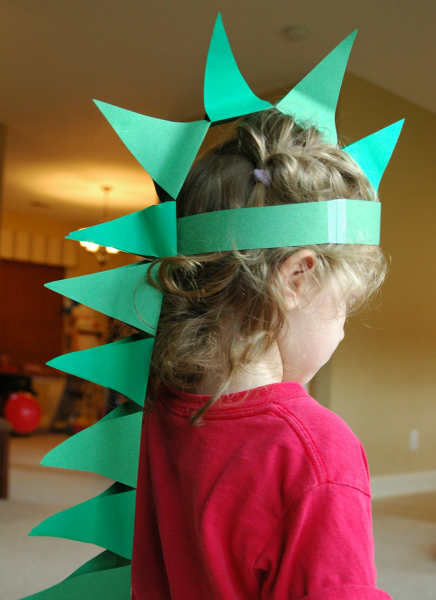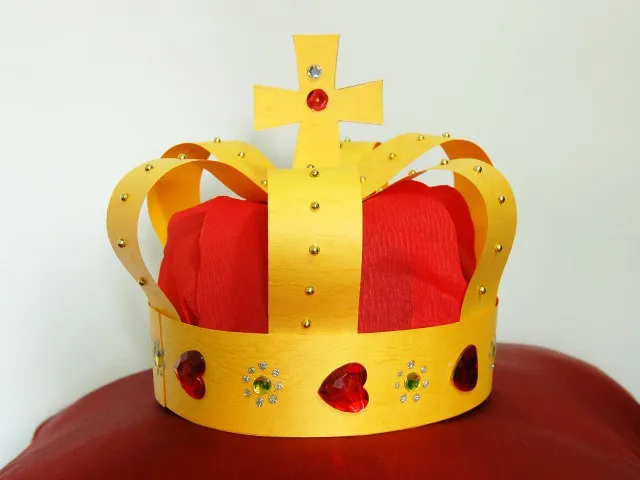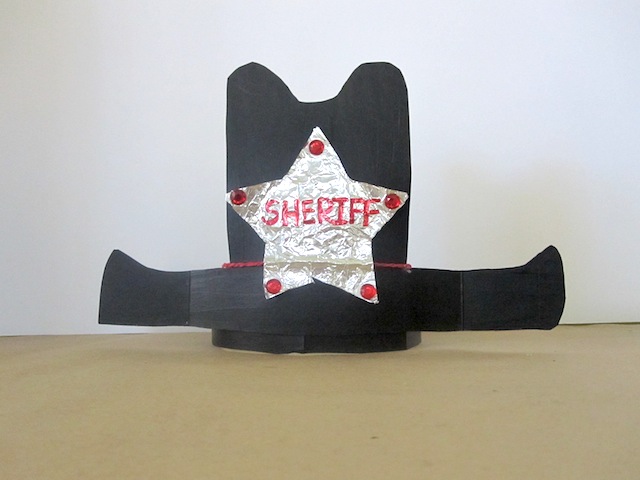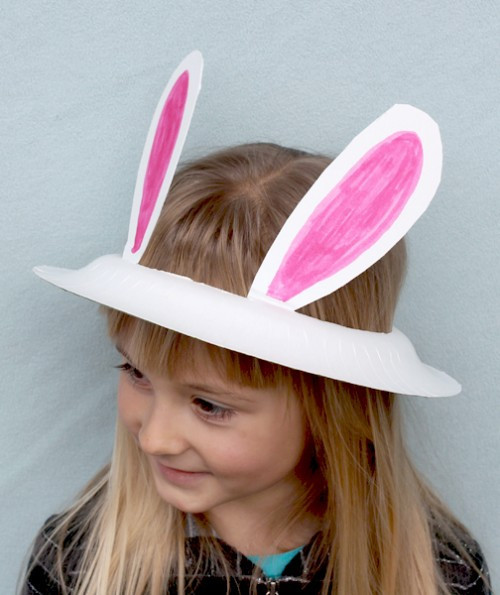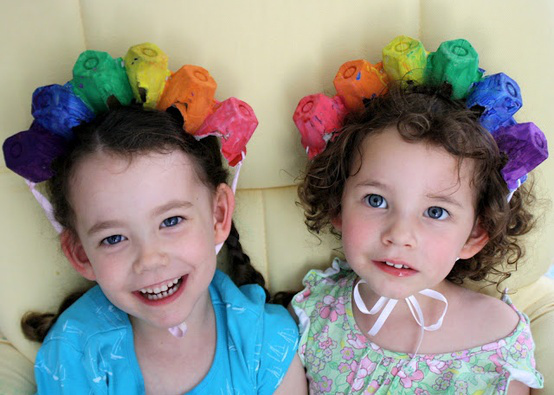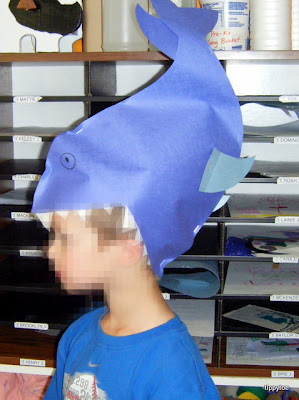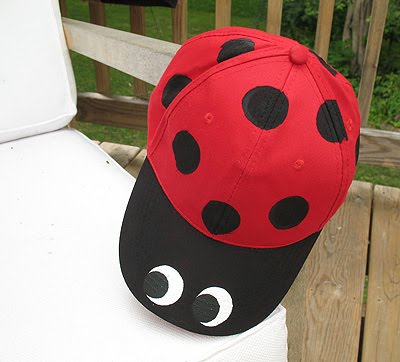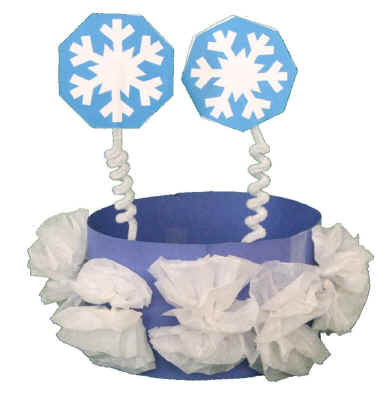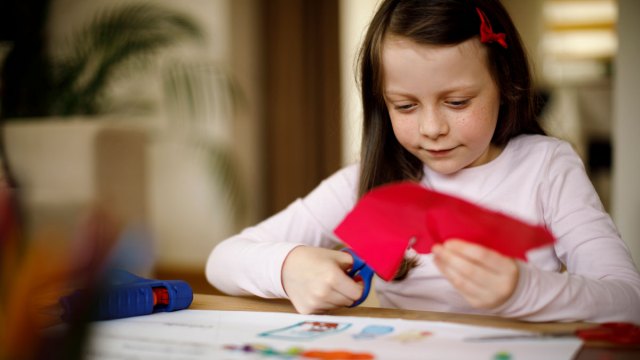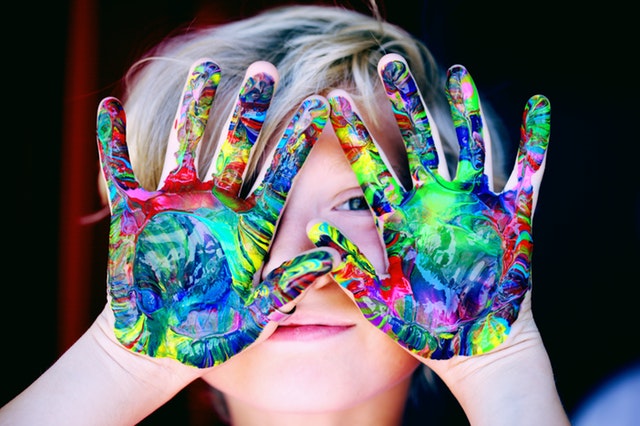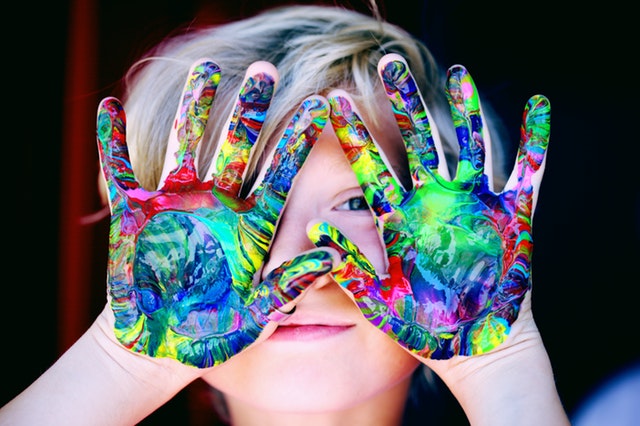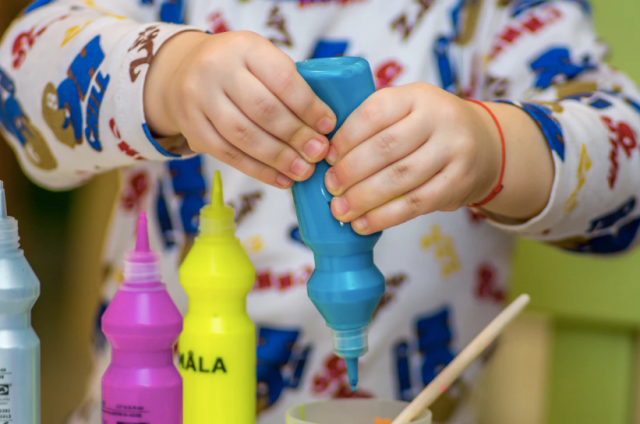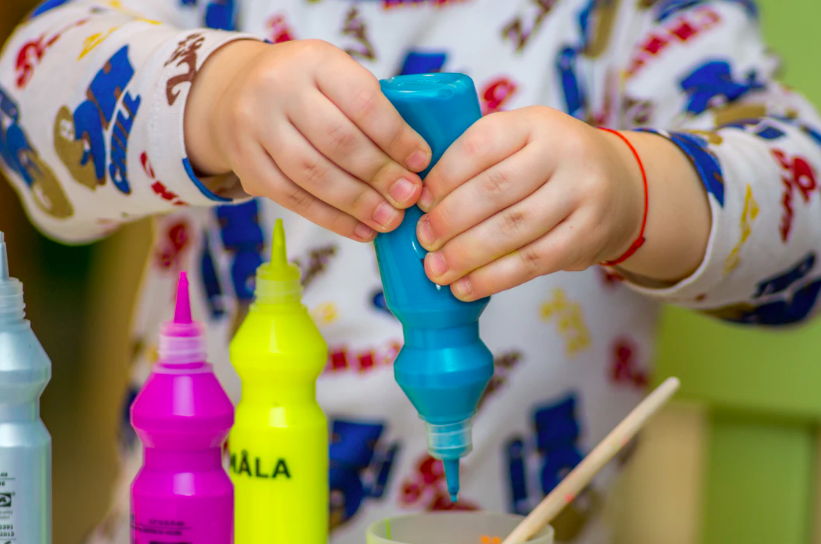It was a fall morning in the Carolinas, and a thin layer of dew coated the grass on a football field behind our home. I woke the kids up early, dressed them in sweatshirts, and had them grab their bike helmets. We walked outside and they saw the inner tube I’d purchased the night before. They asked, “Dad, what in the world are we doing?”
I left them full of suspense as we hopped in our golf cart and drove over to the football field. I hooked the inner tube up to the back of the golf cart with rope, looked up at my four children and asked, “Who’s up first?” Mason jumped in the tube, strapped on his helmet, and Blane and Easton sat on the back of the golf cart with a GoPro.
I put the pedal down and proceeded to pull Mason across the wet grass on the field, slinging him from side to side in the tube as if he was being pulled behind a ski boat on the water. His eyes were as big as saucers the first turn or two and then he settled in and was screaming like he was on an amusement park ride. I spent the balance of two hours pulling them across the field and they had the time of their lives.
The tube cost me $20. The epic memories we created that morning are priceless.
I am a firm believer and practitioner of creating epic moments for your children. I do it every week with my kids in what we call “Daddy Saturdays.” Each weekend is a chance to come up with something truly epic for me and the kids to have fun doing together.
Now, I know what you’re thinking: Maybe I can create an epic event once or twice a year, but you’re telling me that I have to do that every Saturday? Yes, that’s what I’m saying, but as you’ll see in this article, creating epic moments is easier than you think.
Don’t Confuse Epic with These Two “E” Words
The first lesson is this: Epic does not have to be expensive or extravagant. In fact, epic does not necessarily even have to be experiential. It just has to be engaging. Epic can simply mean being together with your children in an intentional setting. In their eyes, that’s epic. Think about it: Why do certain memories stay with us while others seem to fade away? When you look back at your childhood, what memories stand out to you and have the stickiness factor allowing you to recall them years later?
I can think back to certain defining moments in my life and almost all of them have my parents attached to them. When I think about what made these defining moments stand out to me, it’s that they were elevated in my mind due to the epic nature of the memory.
I also have a deep emotional connection with the memory and it elicits the same emotion years later. Don’t miss this: the really interesting point is it’s not the few single big memories like going to Disney World that form the defining moments of how I view my childhood.
It’s really the culmination of all the small memories added up and a few bigger memories spliced into the continuum to create the overall definition of how I view my childhood. The point here is don’t forgo the small moments like going to the park, laying in the grass and looking up at the clouds, or going for a bike ride in exchange for a few big moments. The culmination of the little moments has more impact, long term, on how your kids will view their childhood.
Everything is Bigger When You’re Young
We sometimes forget as adults that everything is bigger when you are a child. Do you remember as a child the first time you went to the ocean, walked through a forest, went to a sporting event, or visited Disney World? Those moments seemed larger than life.
As we grow older, our sense of curiosity and instant amazement seems to diminish as we become more desensitized to the world around us. This desensitization makes it more difficult to connect with our children and create epic moments because we tend to think through our adult eyes, rather than through the eyes of a child.
As I look at my Daddy Saturdays, while we strive to create these epic moments, they’re not all “mind-blowing.” Just by being together, having fun, smiling and laughing, we’re stockpiling positive memories together. It just naturally becomes epic.
Some Ideas to Get You Started
I have to admit that coming up with a fresh, new, epic idea each and every Saturday doesn’t come naturally to me. I dedicate time each week and particularly on Friday mornings to plan for the day ahead with my children.
Early on, I was a little insecure about engaging my kids this way, but eventually I overcame the fear because the fear of failing as a father was a greater driving force.
There is no shortage of access to ideas online for how parents can engage their kids, but to make things easier, here are some of our favorite Daddy Saturday ideas.
One of my kids’ favorite epic ideas only cost a few dollars and was absolutely hilarious. I bought almost every roll of jumbo bubble wrap they had at Lowe’s and bubble wrapped the kids into what looked like large sumo suits. I also made jousting sticks out of bubble wrap, too, then I put them on the trampoline, and we had a bubble-wrap battle.
My kids will never forget the day that. It was so simple and so fun. The idea was so good we had to repeat it a year later, and also do a bubble-wrap obstacle course.
Another idea that the kids absolutely love is a taste test challenge or blind taste tests with all sorts of different types of condiments. It usually ends in a whipped cream fight.
We’re also huge fans of Nerf. We have a collection of Nerf guns, and I found that you can order thousands of Nerf darts off Amazon for practically nothing. We’ve taken Nerf to the next level and used it in so many different epic trick-shot battles and Nerf wars.
Coming Up with New Ideas
These ideas may not come to you naturally, just as they don’t come to me naturally. I spend time scrolling social media or browsing YouTube researching ideas. My goal is not to make them extravagant, just creative. Remember, you don’t have to take your kids to Disney World, or an amusement park, or on vacation for it to be epic. Extravagance does not equal epic. Now, there have been times where we’ve taken a big trip, and that’s certainly been epic, but the backyard times have rivaled the epic nature of the most extravagant and expensive memories that we have.
When in doubt, keep it simple and use the resources at your disposal. I’ve used glow sticks in more ways than you could ever imagine. The local party store is a great resource, so is The Dollar Store and Five Below, where nothing is over $5.
Amazon, of course, is another great tool, and we’ve developed the Daddy Saturday Alexa Skill to help generate ideas for each weekend and order the products necessary to execute them!
The point is: keep it simple, keep it inexpensive, and make it epic!
Justin Batt founded Daddy Saturday in his own backyard with his four children, and it’s grown into a national movement engaging fathers across multiple channels, including YouTube, social media, the Daddy Saturday book, an Alexa skill, a podcast, merchandise, live events, and a 501(c)(3) foundation.
